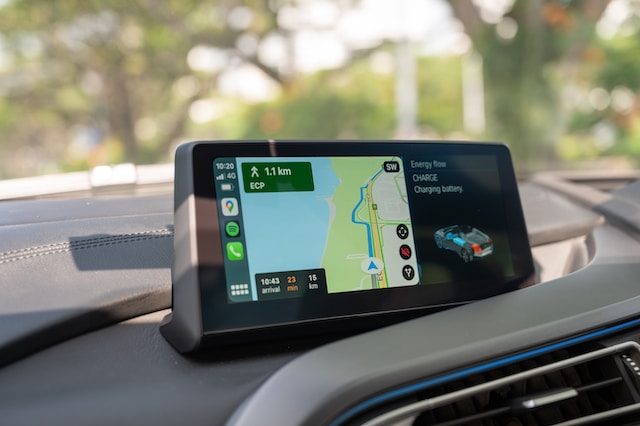UBC Researchers Develop Portable Device to Test Water Quality
Microplastics—tiny plastic particles that have infiltrated our oceans, rivers, and even drinking water—have become a growing concern. , Consequently, thanks to a breakthrough by researchers at the University of British Columbia (UBC), everyday people may soon be able to test their water for these harmful pollutants.
Innovative Technology
The newly developed device, a compact 3D-printed box, uses a combination of fluorescent labeling and machine learning to detect microplastics in water samples. Paired with an app, the device utilizes fluorescent labeling to identify plastic particles ranging from 50 nanometers to 10 microns—sizes too small to be seen by the naked eye. By adding a special solution to the water and exposing it to green light, the device can identify and quantify microplastic particles, delivering results in a matter of minutes.
A Game-Changer for Water Quality Monitoring
This innovative technology has the potential to revolutionize water quality monitoring. Previously, testing for microplastics required expensive laboratory equipment and specialized expertise. The UBC device, however, offers a more accessible and affordable solution.
“We believe this device can empower individuals and communities to take control of their water safety,” said Dr. Tianxi Yang, the lead researcher on the project. “By making microplastic detection more accessible, we hope to raise awareness and drive action to address this pressing environmental issue.”
As microplastic pollution continues to be a global challenge, the UBC device represents a significant step forward in developing tools to protect our water resources as well as public health.







